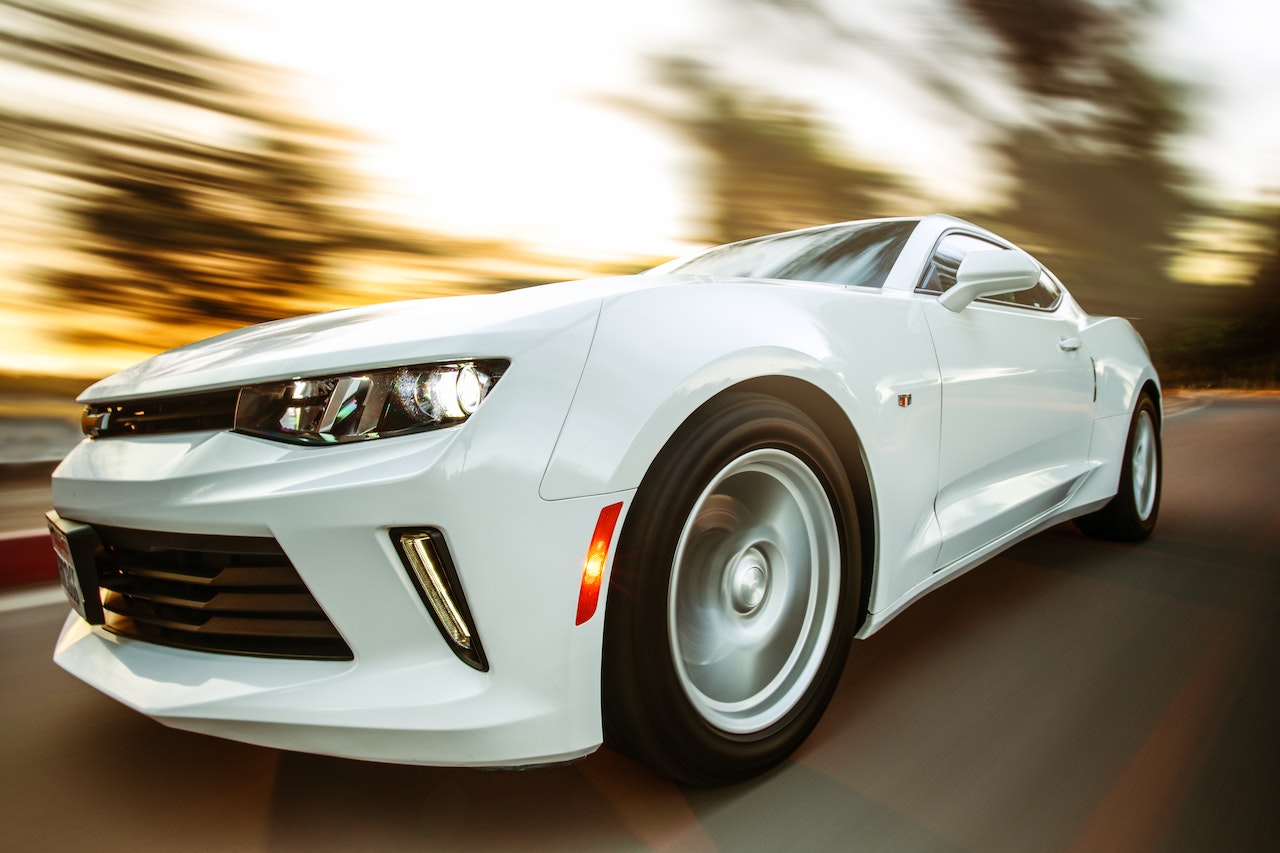Insuring Self-Driving Cars According To Experts

Ryan Stein is the executive director of auto insurance policy and innovation at IBC (Insurance Bureau of Canada). The IBC is a national trade association in Canada that constitutes property and casualty insurance companies. Companies come together to analyze policies and improve them to facilitate customers further.
Insurance has constantly evolved, and the factors enforcing that change have multiplied due to artificial intelligence. Automated vehicles, or self-driving cars, are not covered by the existing insurance laws. This required a revision of casualty insurance to pace with emerging technologies.
5 Levels of Vehicle Autonomy
As per the Society of Automotive Engineers, there are five other levels of vehicle autonomy, whereas the zero level is the default one for most cars.
- Level zero is when the driver controls the vehicle completely.
- Level one provides the driver with assistance to control speed and cruise.
- Level two controls the vehicle’s speed and lane position.
- Level three allows for full control by the system and traffic monitoring. The system notifies the driver to take back control as necessary.
- Level four allows full vehicle autonomy under specific pre-known conditions of the road, weather, area, etc.
- Level five is complete self-driving without any involvement required from the driver.
Challenges to Auto Insurance Policies
Before ride-sharing applications, insurance companies had a relatively straightforward process. The vehicle owner bought the insurance policy, and just one policy was sufficient to cover it.
With sharing economy and ride-sharing applications, ride-sharing companies sought out multiple policies to cover the ride-sharing instances. If a casualty happens, the ride-sharing company can refer to the policy to make their claims. This distinguished liability and smoothened out claim management.
With automated cars, the question remains whether an accident is the manufacturer’s fault or the drivers. Ryan emphasizes that the laws are built to address collisions and accidents caused by humans.
People can directly claim benefits from their insurance companies, know who to hold responsible and pursue a liability claim against. It’s hard to pinpoint whose fault the casualty is if the vehicles are self-driven.
One can blame artificial intelligence or the manufacturer, but there is no process for litigation against technology in auto insurance policies. This shifts the task to product liability litigation which is more complex than auto insurance and liability claims.
The injured passengers can get coverage from their insurance companies. To compensate for further coverage, they would have to file a product liability litigation against the vehicle manufacturer, and that’s more time costly.
The laws need to be upgraded and cover automated vehicles to ensure auto insurance policies facilitate quick and fair compensations against claims.
Sign Up to the SMS club TODAY!
Sign up to the Car Craze Central SMS Club today and don’t miss out on the latest automotive news. Sign Up Today and stay on top of auto trends!
